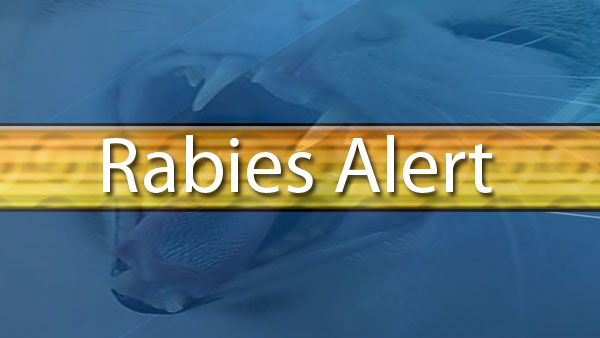
Ocala, Florida — The Florida Department of Health in Marion County (DOH-Marion) is issuing a rabies alert in Marion County in response to a confirmed case of rabies in a cat that was killed in the Citra area off NE 30th Court on September 10, 2024.
DOH-Marion is monitoring rabies among wild animals in the area. All residents and visitors should know that rabies is currently present in the wild animal population.
People and domestic animals should always avoid physical contact with wild animals (e.g., raccoons, bats, foxes, skunks, otters, bobcats, coyotes), which carry a higher risk of human exposure and a need for rabies post-exposure treatment. If you are exposed to rabies, receiving appropriate treatment after exposure will protect you from the risk of rabies.
This rabies alert is for 60 days and includes the following boundaries in Marion County:
· Northern boundary: NE 175th Street Road
· Southern boundary: East Highway 316
· Eastern boundary: NE 44th Ave.
· Western boundary: North U.S. Highway 301
Take the following precautions to prevent rabies exposure:
· Immunize your pets and livestock based on your veterinarian’s recommended schedule.
· Keep pets under direct supervision and on a leash, and keep livestock secured on your property. If an animal bites your pet or livestock, seek veterinary assistance for the animal immediately and contact Marion County Animal Services at 352-671-8700.
· Avoid contact with wild or stray animals. Do not handle, feed, or unintentionally attract them with outdoor pet food, open garbage cans, or other sources of food. If you have been bitten or scratched by a wild or domestic animal, seek medical attention, and report the injury to DOH-Marion by calling 352-629-0137.
· Never adopt wild animals or bring them into your home; instead, contact a licensed wildlife rehabilitator.
· Call your local animal control agency to remove any stray animals from your neighborhood. Contact Marion County Animal Services at 352-671-8700.
· Prevent wildlife, including bats, from entering living quarters or occupied spaces in homes, schools, and other similar areas where they might come in contact with people and pets.
